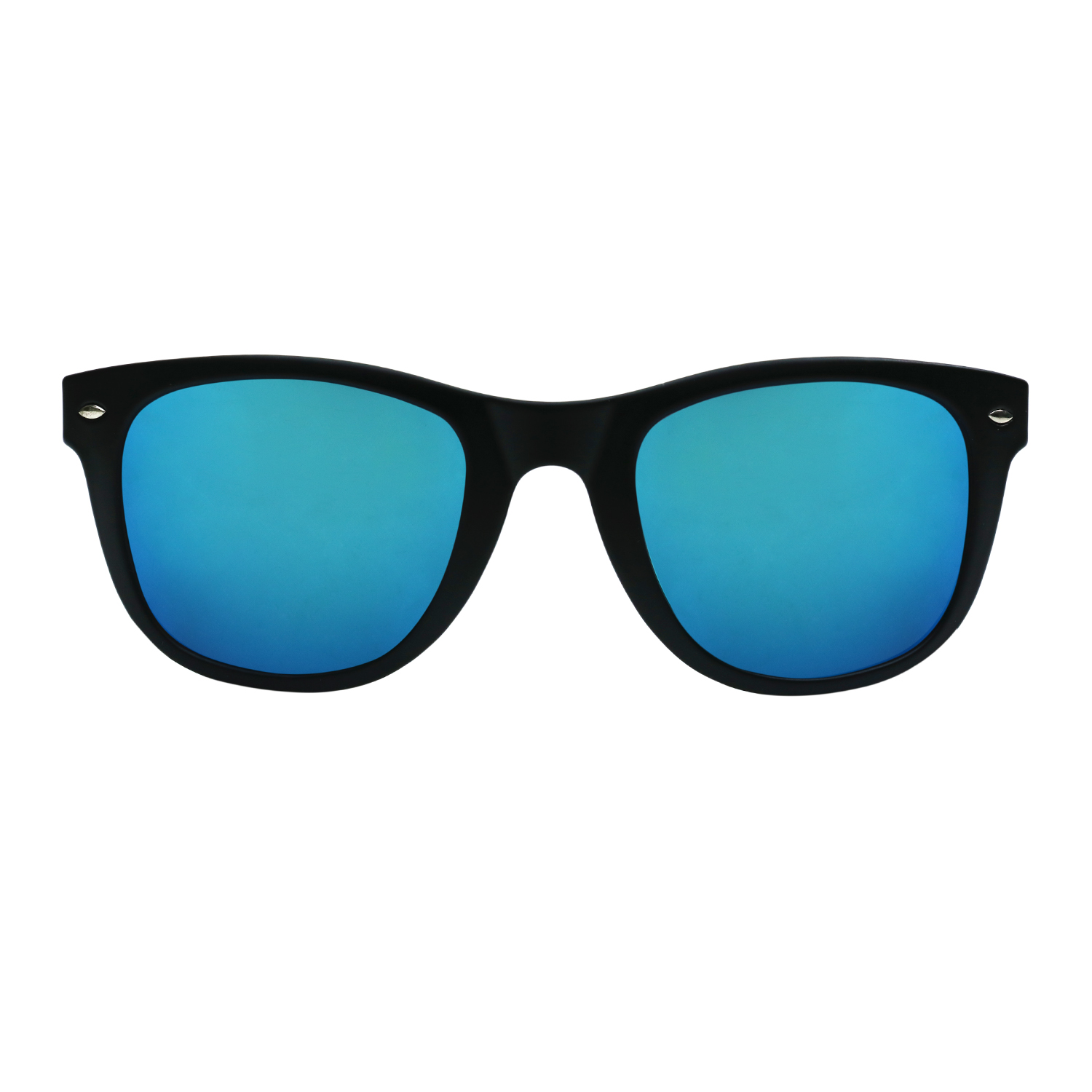

Amber lenses scored well in the low-light testing. On the water, sunglasses with brown tints (the brochures call it “copper”) performed better than those with basic grey lenses. The latter reduces light transmission and conceals your eyes but generally does not change the tint. Tint: This is the dominant tint of the lens, not to be confused with the colored mirror flash coating applied to the outside of the lens. Luminosity transmission : Testers used a spectrophotometer to measure the total amount of visible light as well as the amount of light in the various wavelengths (including UVA and UVB) transmitted through each lens. Resolution : A standard test using closely spaced vertical and horizontal lines is used to evaluate the “sharpness” of objects when viewed through a lens. Unless you want to hit a Tim Wakefield knuckle ball, you can probably live with it. Polycarbonate lenses are particularly prone to this.

Prismatic effect : Imperfect, curved lenses tend to bend the light when you are not looking directly through the center of the lens. This helps lenses stay in their frames, but the distortion can lead to tired eyes. Lens warpage : This meridional lens “flex” is often caused when oversized lenses are squeezed into their frames. The following are some of the optical tests carried out: Citek is co-inventor of patents licensed by Nike, but receives no compensation, royalties, etc.) The “Lens” scores in the Value Guide on page 8 show results in the field and the lab. Karl Citek at Pacific University College of Optometry in Forest Grove, Ore. Glasses that excelled in the field tests and three pairs that fell short were sent to Dr. Anti-reflective coatings, which help ghost images reflected on the inside of the lenses, also were checked. The glasses were also compared when viewing a handheld GPS and a chart. Testers also independently evaluated the glasses for fit, peripheral vision, comfort, magnetism, smudge resistance, corrosion resistance, and the ability to prevent fogging and shed water. A few glasses made it easy to distinguish the shoal, but with most it was invisible. The “distant shoal” test, which required spotting a sandy shoal at three-quarters of a mile under cloudy skies, proved to be a good benchmark. Testing took place under partly sunny and overcast conditions at midday. To judge each lens usefulness for eyeball navigation, testers observed a variety of bottom features (grass, sand, rock) in depths from 3 to 40 feet. Testing began in the field as six volunteers with good uncorrected vision and different face types subjectively compared the glasses in various on-the-water tests. The main goal of the project was to set some firm criteria for selecting sunglasses for eyeball navigation and to resolve that nagging question: Do we really need to spend $200 to obtain good quality lenses. We also included some popular fishing glasses and some inexpensive frames, including a pair of $14 glasses picked up at a gas station and $8 childrens shades from a mega-retailer. The list included some of the big names in the industry like Oakley and Maui Jim, as well as companies that market eyewear specifically to sailors like Hobie, Kaenon, Gill, and Harken. Keenly aware that a comprehensive test was impractical, we assembled 25 different polarized glasses representing a cross-section of whats available in the high, mid-range, and low-price categories. This pared the field down to sunglasses with glare-cutting polarized lenses. The best way to ensure youre getting the protection you need is to choose lenses that block at least 99-percent UVB and 95-percent UVA and to buy from a reputable dealer.įor the purposes of this test, Practical Sailor concentrated on another key function of sunglasses for sailors: reducing reflections on the waters surface so the wearer can better judge the bottom depth by sight. Unfortunately, the UV transmission limits are fairly loose for non-prescriptive eyewear, enforcement is poor, and worthless counterfeits abound.
Ocean waves sunglasses dealers series#
The American National Standards Institute (ANSI) requires non-prescriptive sunglasses to meet a series of standards under ANSI Standard Z80.3. Both UVA (400-320 nanometers) and UVB (320-290 nanometers) are harmful, but UVB is considered the most damaging. The principal purpose of sunglasses is to prevent ultraviolet rays, implicated in eye diseases ranging from cancer to cataracts, from reaching our eyes. With all the marketing nonsense surrounding sunglasses, its easy to forget that a good pair of polarized lenses is a tool, as essential to sailors as a good knife.


 0 kommentar(er)
0 kommentar(er)
